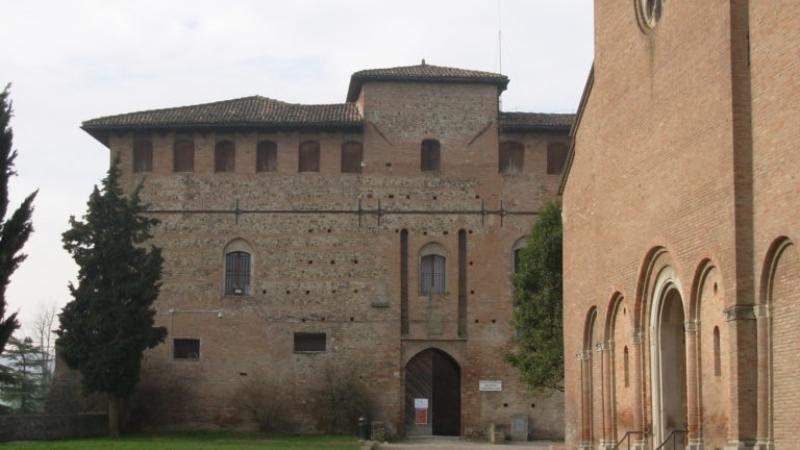History of the library
Two acts of generosity gave rise to the University Library of Bologna. Luigi Ferdinando Marsili (1658-1730), a noble of Bologna and General of the Empire, created in 1712 the Institute of Sciences and endowed it with his own scientific collections, his books, 900 oriental manuscripts and 120 manuscripts relating to his work. In 1742 this first core of the library was enlarged by the acquisition of manuscripts and printed texts as well as the collection of xylographic tablets and the water colours of the great Bolognese naturalist Ulisse Aldrovandi.
In September of 1755 Pope Benedict XIV (Prospero Lambertini 1675-1758) donated to the Institute library about 25.000 printed volumes and 450 manuscripts. In the same year he ordered the typographers of Bologna to present the library with a copy of every printed work and, in the following year, 1756, he decreed that the library open its doors to the public. The rapid growth of the Library’s bibliographic heritage following the gifts of Pope Lambertini and Cardinal Monti, necessitated changes to, and the expansion of, the building. Thus the new monumental reading room known as Aula Magna came to be built, based on the designs of the architect Carlo Francesco Dotti (1670- 1759) commissioned by Pope Benedict XIV. During the successive consolidation phase, changes arising from French domination came into play: with regard to the contents of the library, there was a great increase in the number of books and manuscripts, deriving from the monastic suppression of 1797.
With the first library decree of the United Italy (1869) the library came to be one of the most important in the country and in 1885 it was officially recognized as of University Status. As a University Library it has generated numerous donations, which have attracted special funds, while as a library it has discharged, and indeed currently discharges, the function not only of the seat of a historic-retrospective collection, but also that of a centre of excellence in the field of catalogue-compiling and bibliographic information.
Today, after several years of refurbishing and logistical moves, the historic site of Palace Poggi is now adjoined by the new library, with two spacious, comfortable reference rooms. The Torre Libraria already contains 500.000 books and compact storage systems for periodicals. In both cases, cutting-edge computer technology facilitates the storage and organization of library material. It is worth remembering that in addition to the Library’s enormous wealth of written and printed heritage – now amounting to over 1.250.000 volumes – it also comprises an art collection made up of over 400 portraits of illustrious figures, while 16th century frescoes, only recently restored, make the library an even greater visual feast for its visitors. Area of interest General culture, with a prevalence of academic disciplines.
Map
Biblioteca Universitaria
Via Zamboni, 35 - 40126
Telephone: +390512088306
Email: bub.tours@unibo.it
Site/minisite/other: https://www.unibo.it/en/university-and-society/museums-and-libraries/museums-and-libraries
Interests
- Art & Culture
Timetables
Reading Room - Reference Room: Monday - Friday 9 a.m. to 6:45 p.m , Saturday 9 a.m to 1:30 p.m. Details (in Italian)




